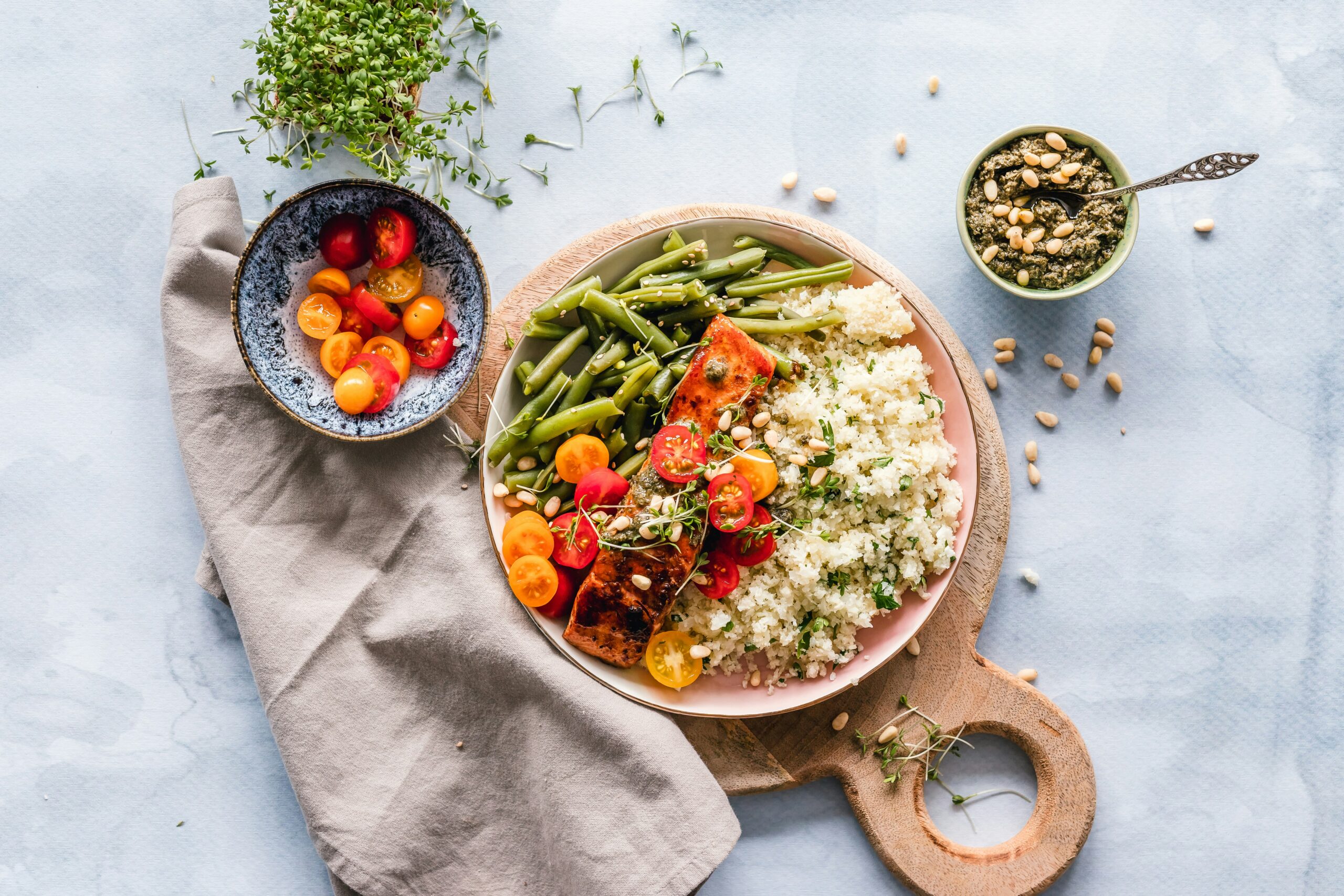You might have heard that foods like red meat and spinach are rich in iron, but what is iron actually used for in our bodies? And is it efficiently absorbed regardless of the source where it comes from?

Iron is a mineral that is needed to make red blood cells, which transport oxygen all throughout our bodies! More specifically, iron is needed to make a protein in these red blood cells, called hemoglobin. When we do not consume enough iron in our diets, we could get anemia, feel tired and sometimes short of breath. Therefore, it is important to ensure we consume enough iron in our diets, keeping in mind that too much of it could also damage our organs [1]. Like Paracelsus said, the dose determines whether something is poisonous or not. In my opinion this applies to everything though, it is important to find a balance.
The different forms of iron
We can get iron from our food or from supplements, but there are actually two types of iron and one is more easily absorbed than the other.
Heme iron can be found in animal-based foods like meat, fish, and poultry, whereas non-heme iron can be found both in animal-based foods like eggs and plant-based ones like spinach, legumes and nuts [3,4]. Most of the iron we consume in food is in the non-heme form, but this is absorbed less efficiently in our bodies because it can interact with other components present in our food, like calcium. It is even estimated that only about 1-10 % of non-heme iron gets absorbed by our bodies [3,4]!

To complicate things even more, keep in mind that iron can be oxidized. This means that it can donate electrons to other molecules, which causes the iron element to be in a positive oxidized state. Because of this, iron can also be found in a ferrous or ferric state, which differ in the number of electrons they have donated. Ferrous iron (Fe2+) has donated 2 electrons, whereas while ferric iron (Fe3+) has donated 3. Most of the non-heme iron in our food is in the ferric (Fe3+) state [4].
By now you may be wondering, are these details really relevant?
Well, yes! Ferrous and ferric iron have different solubilities, which also means that our body is better able to absorb one state over the other.
Ferric iron (Fe3+) is soluble at low pH environments like that of our stomach, whereas ferrous iron (Fe2+) is soluble at more neutral pH values, like that of our intestines [3]. Since most nutrient absorption occurs in our small intestine, this means that ferrous iron (Fe2+) can be absorbed but ferric iron (Fe3+) cannot. Therefore, to improve our iron absorption, our bodies need to find ways to either convert ferric iron (Fe3+) to ferrous iron (Fe2+) or to make ferric iron (Fe3+) soluble in our small intestines; and here is where the magic of vitamin C comes into play!

The power of vitamin C
Non-heme iron can interact with vitamin C in our stomach. This interaction makes iron more soluble at a wide range of pH values, which enables it to be more efficiently absorbed [3,4].
So, how can you make use of this powerful interaction?
When you are eating an iron-rich food, you might also consider adding a source of vitamin C to it. This could be as simple as drinking orange juice next to your food, or you could add some ingredients containing vitamin-C to your meal, such as broccoli, bell peppers, or potatoes [2, 4]. Many fruits are also rich in vitamin C, so they may be a nice dessert.

The effect that vitamin C will have on your iron absorption levels also depends on your current habits. If you do not consume enough vitamin C and you increase your consumption of it, your iron absorption will also likely increase [4]. On the other hand, if you already consume enough iron and vitamin C, perhaps the effect of having them at the same time will not be so noticeable.
In this article, we have discussed the different forms of iron and how vitamin C may help increase your iron absorption. Here are the main takeaways:
✅ Iron can come in two forms: heme iron, which is found in animal-based foods like meat and non-heme iron, found in both plant and animal-based foods.
✅ Most of the iron we consume is in the non-heme form, which is absorbed less efficiently by our body.
✅ You can increase your non-heme iron absorption by consuming it along some foods rich in vitamin-C, such as potatoes, bell peppers and broccoli.
Disclaimer: Keep in mind that the content in this website is for educational purposes only, and it does not replace or provide professional medical advice. Therefore, you should consult your doctor or nutritionist to get advice tailored to your specific needs.
I hope you learnt something new! If you want to read more about the topic, here are the resources I used for this article:
[1] Cafasso, J. (2024, January 1). What you need to know about iron. Healthline. https://www.healthline.com/health/iron-nutrient
[2] Hill, C., & Kelly, E. (2024, January 8). 20 foods that are high in vitamin C. Healthline. Retrieved June 9, 2024, from https://www.healthline.com/nutrition/vitamin-c-foods
[3] Piskin, E., Cianciosi, D., Gulec, S., Tomas, M., & Capanoglu, E. (2022). Iron absorption: factors, limitations, and improvement methods. ACS Omega, 7(24), 20441–20456. https://doi.org/10.1021/acsomega.2c01833
[4] Skolmowska, D., & Głąbska, D. (2022). Effectiveness of Dietary Intervention with Iron and Vitamin C Administered Separately in Improving Iron Status in Young Women. International Journal of Environmental Research and Public Health/International Journal of Environmental Research and Public Health, 19(19), 11877. https://doi.org/10.3390/ijerph191911877
All the best,
~ Lucia

